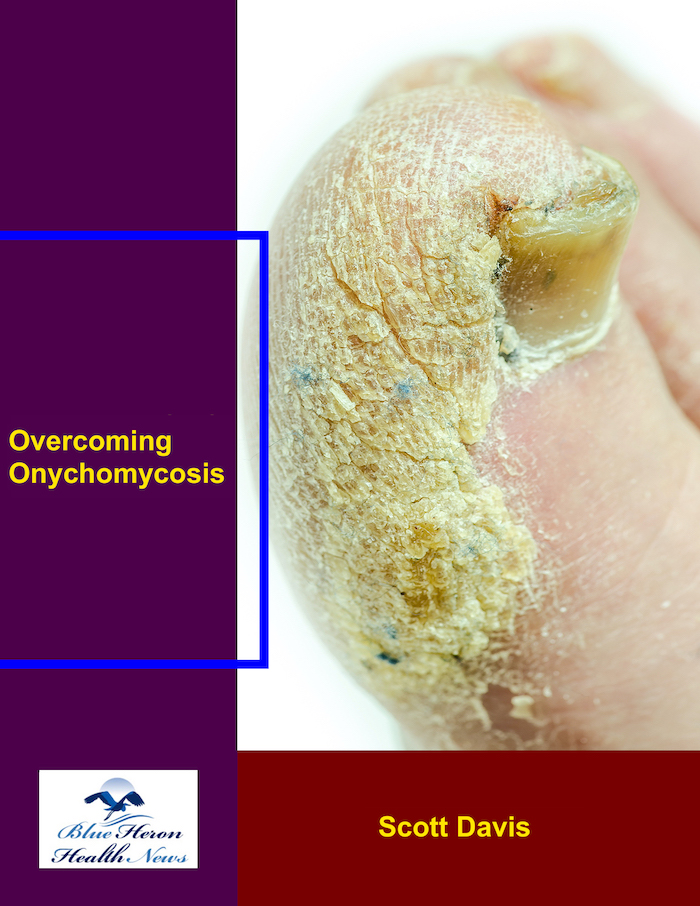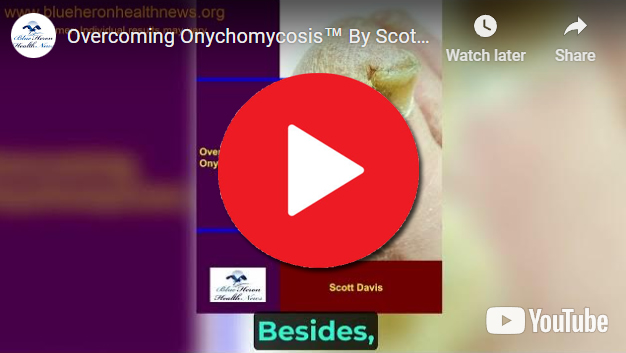
Overcoming Onychomycosis™ By Scott Davis It is a simple, natural, and all-in-one solution for onychomycosis. The program can help you to treat your nail fungus naturally. Once you follow this program, you do not need to spend on expensive treatments to prevent a recurrence. In brief, you can have a proven solution for your chronic nail fungus. Besides, the program is easy to follow, and most users find it effective against onychomycosis.
How can esophageal manometry help diagnose acid reflux?
Esophageal manometry is a diagnostic test that measures the function of the esophagus, particularly the muscle contractions and pressure in the esophagus, and the functioning of the lower esophageal sphincter (LES). While esophageal manometry is primarily used to diagnose motility disorders of the esophagus (such as achalasia or esophageal spasm), it also plays an important role in diagnosing acid reflux (gastroesophageal reflux disease, GERD) by providing insights into the function of the LES and the esophageal motility.
Here’s how esophageal manometry helps in diagnosing acid reflux:
1. Assessing Lower Esophageal Sphincter (LES) Function
- LES Dysfunction: One of the key factors that contribute to acid reflux is a weak or malfunctioning lower esophageal sphincter (LES). The LES is a muscular valve at the junction of the esophagus and stomach that prevents stomach contents (including acid) from flowing backward into the esophagus.
- Manometry measures the pressure and function of the LES. If the LES is weak or relaxed inappropriately, acid can flow back into the esophagus, leading to GERD symptoms. Esophageal manometry can quantify the pressure in the LES and evaluate whether its pressure is insufficient to prevent reflux.
- Normal LES Pressure: A high LES pressure prevents reflux.
- Abnormal LES Pressure: Low LES pressure or intermittent relaxations of the LES allow acid to reflux into the esophagus, which is a hallmark of GERD.
2. Evaluating Esophageal Motility
- Esophageal Peristalsis: Esophageal manometry also evaluates esophageal motility, which is the coordinated contraction of esophageal muscles that propels food down into the stomach. In GERD, impaired esophageal motility can lead to inefficient clearing of refluxed acid from the esophagus, which can worsen GERD symptoms.
- If esophageal motility is weak or uncoordinated, acid that refluxes into the esophagus may remain there longer, increasing the risk of esophageal irritation and damage.
- The test can reveal:
- Normal motility: Efficient peristalsis that helps clear acid.
- Abnormal motility: Conditions like ineffective esophageal motility (IEM), which may lead to delayed acid clearance and persistent reflux symptoms.
3. Distinguishing GERD from Other Conditions
- Functional Heartburn: In some cases, patients may experience heartburn or other reflux-like symptoms without significant acid reflux. Esophageal manometry can help distinguish between functional heartburn (where the symptoms are present but there’s no significant reflux) and GERD. If the LES pressure and esophageal motility are normal but the symptoms persist, this might suggest a non-reflux cause for the symptoms, such as esophageal hypersensitivity or functional dyspepsia.
- Motility Disorders: If abnormal motility is found, manometry can help diagnose conditions like achalasia (where the LES fails to relax properly) or esophageal spasm, which may mimic or coexist with acid reflux symptoms. This allows for appropriate management, as these conditions require different treatments.
4. Guiding Treatment Decisions
- Medications: If esophageal manometry shows abnormal LES function or poor motility, the findings can guide the selection of treatment. For example:
- If the LES pressure is low, proton pump inhibitors (PPIs) may be prescribed to reduce stomach acid, and medications to improve LES tone (such as baclofen) may be considered.
- If poor motility is identified, prokinetic agents (e.g., metoclopramide) may be prescribed to improve esophageal clearance.
- Surgical Consideration: In cases where surgery is considered (e.g., fundoplication), manometry results help assess the feasibility of surgical interventions. If the LES is significantly weakened or the motility is impaired, surgery may be indicated to prevent further reflux.
5. Assessing Esophageal Sensitivity
- In some cases, manometry is combined with pH monitoring or multichannel intraluminal impedance (MII) testing to assess the esophageal sensitivity to acid exposure. This can help determine whether acid reflux is causing damage to the esophagus and whether the esophagus is hypersensitive to small amounts of reflux.
6. Role in Refractory GERD
- For patients with refractory GERD (where symptoms persist despite adequate medical treatment), manometry can provide valuable information about underlying motility issues that might be contributing to the ongoing symptoms.
- It can identify conditions like achalasia, ineffective esophageal motility, or esophageal spasm that could be contributing to the failure of acid-suppressive therapies.
- It can also help determine whether surgery is needed to improve LES function or esophageal motility.
How the Test is Performed:
- Procedure: Esophageal manometry involves inserting a small, flexible tube (catheter) through the nose or mouth and down into the esophagus. The catheter has pressure sensors along its length, which measure the pressure of the muscles in the esophagus as the patient swallows.
- Testing: During the procedure, the patient will swallow water or a small amount of food while the pressure sensors record the contractions in the esophagus and the function of the LES. The procedure typically takes 20-30 minutes.
Limitations of Esophageal Manometry:
- Does not measure acid reflux directly: While manometry can assess LES function and esophageal motility, it does not measure acid reflux itself. Therefore, it is often used in combination with other tests (such as pH monitoring or impedance testing) for a comprehensive evaluation of GERD.
- Not a first-line test for GERD: Manometry is not typically used as the first diagnostic tool for GERD. It is primarily reserved for patients with complex or refractory symptoms or when motility disorders are suspected.
Conclusion:
Esophageal manometry is a useful diagnostic tool in the evaluation of acid reflux (GERD), especially when assessing LES function, esophageal motility, and sensitivity. It helps in confirming a diagnosis of GERD, distinguishing it from other conditions with similar symptoms, and guiding treatment decisions, especially for patients with refractory symptoms or suspected motility disorders. When used in combination with other tests like pH monitoring, it provides a comprehensive understanding of the underlying causes of acid reflux and informs appropriate therapeutic strategies.
Overcoming Onychomycosis™ By Scott Davis It is a simple, natural, and all-in-one solution for onychomycosis. The program can help you to treat your nail fungus naturally. Once you follow this program, you do not need to spend on expensive treatments to prevent a recurrence. In brief, you can have a proven solution for your chronic nail fungus. Besides, the program is easy to follow, and most users find it effective against onychomycosis.
